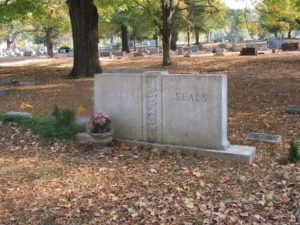National Register
Hollywood Cemetery was eligible for the National Register of Historic Places under Criterion C for its designed and landscaped grounds, and the artistic value of its grave markers and sepulchral sculpture. It was planned with landscaped grounds and ornamental plantings, a pastoral setting with benches for meditation, and streets and…



